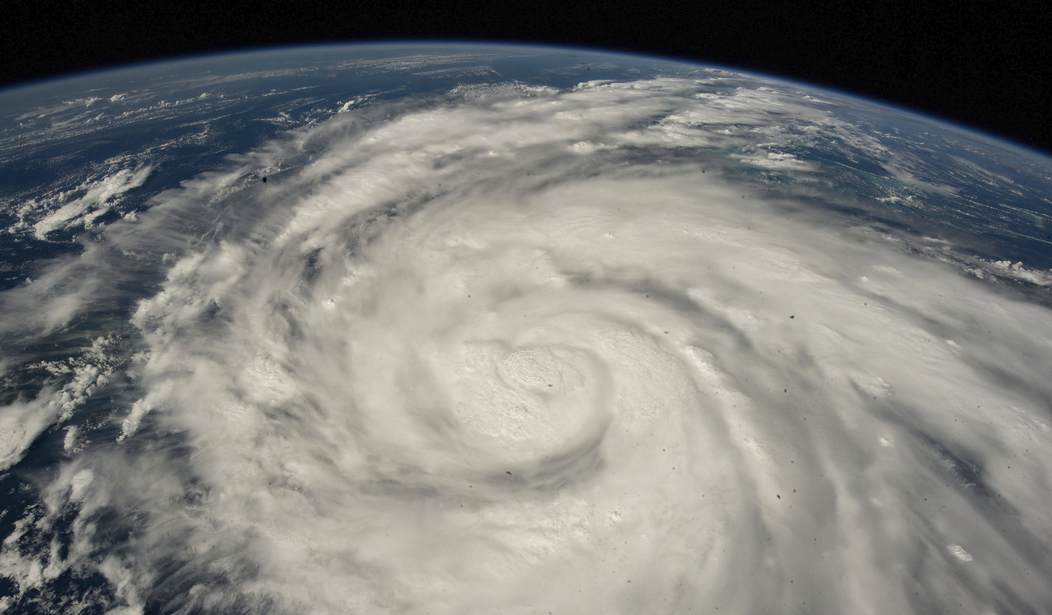After the Musk-a-Rama last week, I promised more nebulae this week. It turns out there have been a number of interesting posts recently that look at the sky through different "eyes" — visible light through the Hubble Telescope, different frequency bands in infrared through the James Webb Space Telescope, and ultraviolet through various other space instruments.
Fab new JWST image just dropped.
— Corey S. Powell (@coreyspowell) November 25, 2024
It shows the iconic Sombrero Galaxy in (literally) a whole new light, revealing its "brim" as a dusty, clumpy ring. https://t.co/uGCDoGKrhK pic.twitter.com/Sj7pneU1ix
The Sombrero Galaxy is probably familiar to a lot of you in its visible light version — a wild ring with an elliptical cloud in the middle. JWST, using infrared, shows something that is, if anything, odder: a ring of stars around a relatively empty space, with a Hugh active galactic nuclear and black hole in the center.
. @esa_webb has joined Hubble in imaging the famous Sombrero galaxy! The Sombrero galaxy lies around 30 million light-years from Earth in the constellation Virgo. 1/3 pic.twitter.com/4khGwlHAqd
— HUBBLE (@HUBBLE_space) November 25, 2024
The advantage of infrared is that it can seee through dust clouds that are more or less opaque in visible light. There's a lot of dust out there, including between us and the center of the Milky Way.
Infrared Universe: Galactic Center
— World and Science (@WorldAndScience) November 22, 2024
The densely packed starfields at our galaxy's center are hidden behind dust clouds and only become visible in infrared light.
Credit: NASA, ESA, Greg T. Bacon (STScI) pic.twitter.com/kJ1f5q9ppA
Besides showing us more distant objects, infrared vision also allows us to see through dust clouds and it gives us a better look at cooler objects like brown dwarfs and planets. If Hubble’s infrared vision can do this photo, just imagine what JWST will show us. Watch out Fermi. pic.twitter.com/ZXwkV63bXY
— Tim Urban (@waitbutwhy) December 26, 2021
Infrared telescopy is a really new field, because we don't see infrared, and also this nice warm atmosphere is full of infrareds, so when we got telescopes above the atmosphere there were lots of lovely new tings to see.
Using infrared light to survey the Milky Way Galaxy. Observatories with smaller views of space have provided exquisite images of other galaxies, revealing complex structures. 1/
— Erika (@ExploreCosmos_) March 12, 2024
©️NASA Goddard pic.twitter.com/1SELwvCb00
This isn't just for distant things. Planetary imaging is wildly different too. Venus really just looks like a golf ball in visible light, but it's a different story in infrared.
Venus in true colours (day side) vs Venus in infrared (night side).https://t.co/AnkulQKpVwhttps://t.co/ZC0iwN7Rio pic.twitter.com/nlhwyZCxx0
— ToughSF (@ToughSf) October 16, 2023
Saturn much the same. The planet is kind of dull, the rings bright and showy.
#PPOD: #WallpaperWednesday - Saturn in Infrared@NASAWebb🛰️ captured this #infrared view of #Saturn🪐 and its moons #Tethys (left), #Enceladus (middle), and #Dione (right) on 25 June 2023. The planet appears dark at this wavelength, as methane gas in its atmosphere absorbs… pic.twitter.com/ZRwvpNbzGA
— The SETI Institute (@SETIInstitute) November 13, 2024
One of the most famous astrophotographs since Hubble is the "Pillars of Creation." They're pretty spectacular any way around, but the difference is really interesting.
Looking at the Pillars of Creation in visible light (left) & infrared (right) shows how different views expand what we see. Infrared isn't blocked by the clouds of dust & gas that form the pillars, revealing stars within & beyond.@NASAWebb will explore the cosmos in infrared. pic.twitter.com/TY7YyiU2uo
— NASA Exoplanets (@NASAExoplanets) September 3, 2020
This makes a nice comparison.
Here are infrared and visible views separated so you can really appreciate how well the dust can be separated from the stars with the right set of tools, such as a multi-billion dollar telescope. pic.twitter.com/smN9Jsp5R2
— Judy Schmidt (@SpaceGeck) July 15, 2022
More comparison.
In the infrared, more structure is revealed and hidden stars are apparent. If Hubble, which is optimized for visible light, can capture an IR image like this, imagine what Webb (optimized for near-infrared & 100x more powerful than Hubble) will do! https://t.co/p2j67Mrgu1 https://t.co/rKfcPoTXGC pic.twitter.com/cbdie7l6r3
— NASA Webb Telescope (@NASAWebb) May 12, 2020
I found less in ultraviolet (I'm sure more will appear, but this was getting long enough) but these ultraviolet pictures are turning out to be very interesting.
Astronomers have identified Earth-sized magnetic tornadoes, or dark UV ovals, at Jupiter’s poles, forming and vanishing in weeks. Visible only in ultraviolet light, these features were first spotted in the 1990s and are linked to magnetic field vortices interacting with Jupiter's… pic.twitter.com/8rJuLRnoMQ
— Erika (@ExploreCosmos_) November 27, 2024
This is boring old visible like, but the way the upper atmosphere glows green fascinates me, and besides its a cool picture.
Atmosphere between Earth and the Universe ✨ pic.twitter.com/xMkiN3gkTi
— Space 8K (@uhd2020) November 29, 2024
And that's all for this week. "Sky Candy" is probably going to remain the running title, since Google won't let me have the one I want.
And a word from our sponsor: We love our VIP Members, but we have a higher level of membership is available in the VIP Platinum program. You can get VIP Platinum with a 74 percent discount (yes, 74, that's not a typo) through this link.










